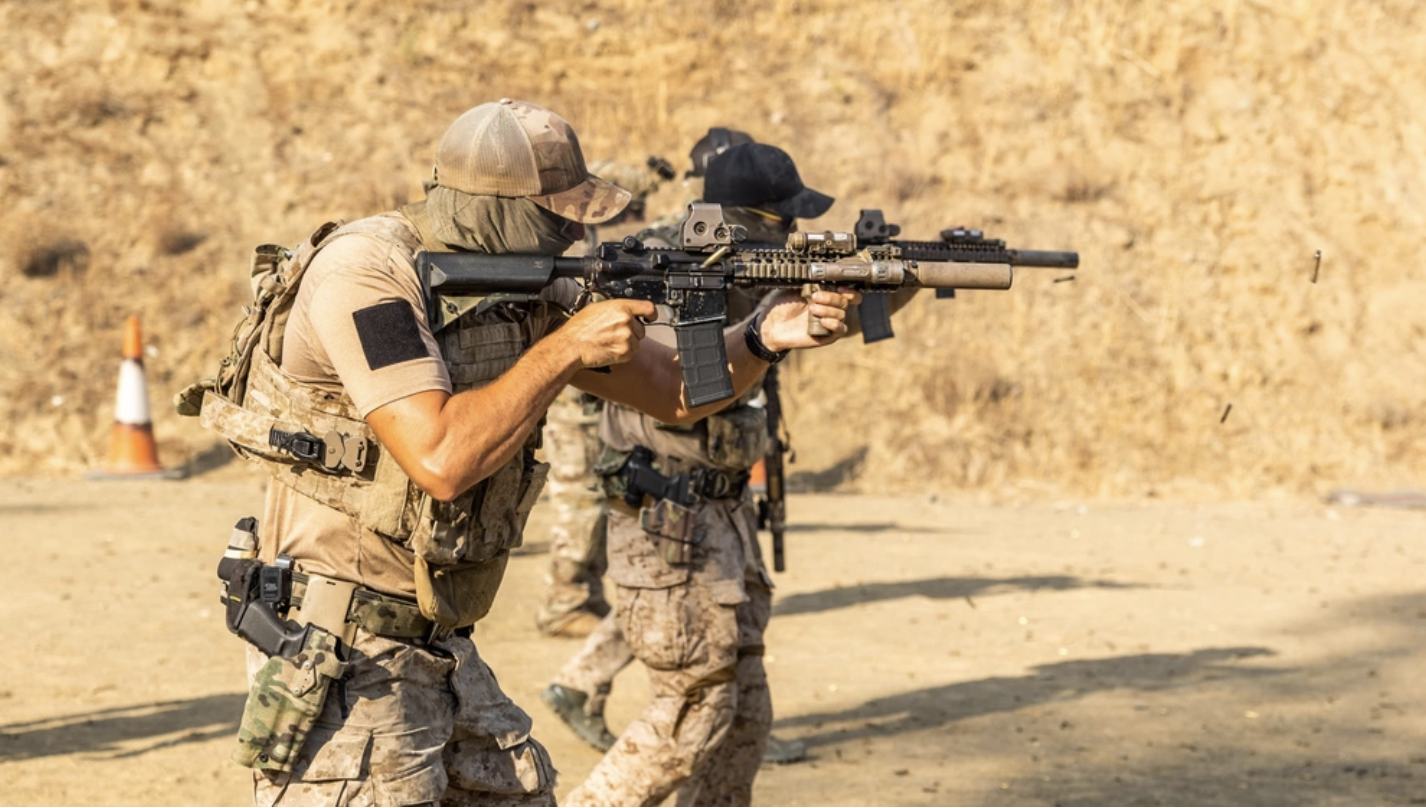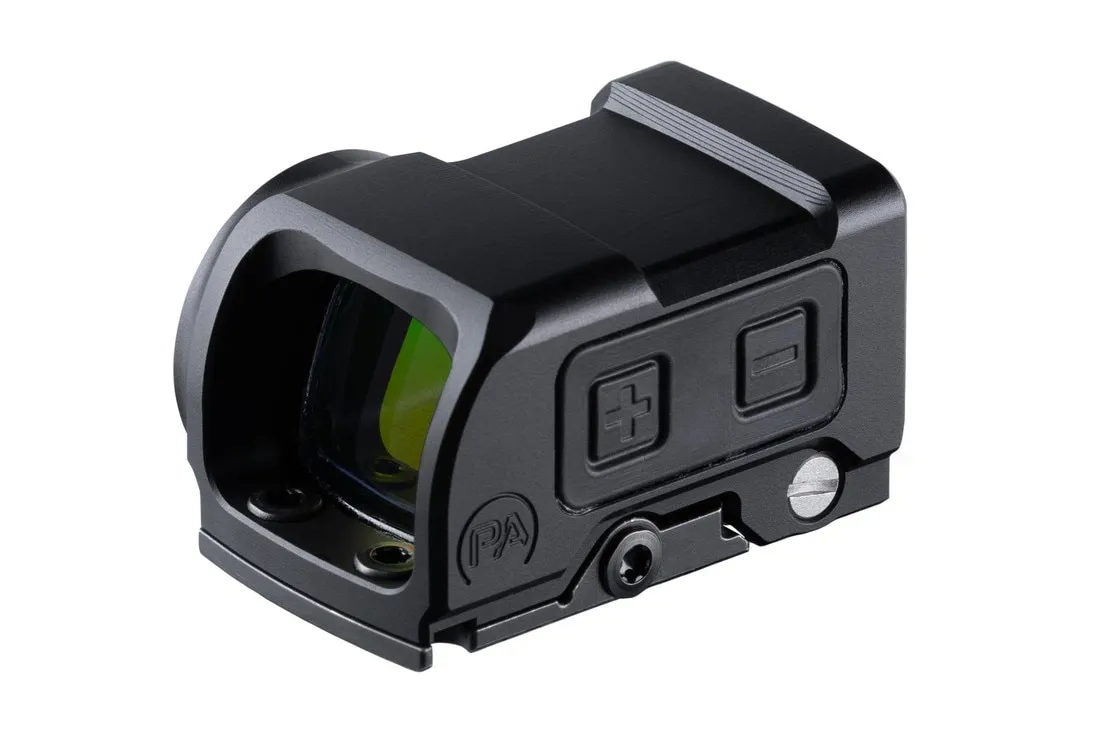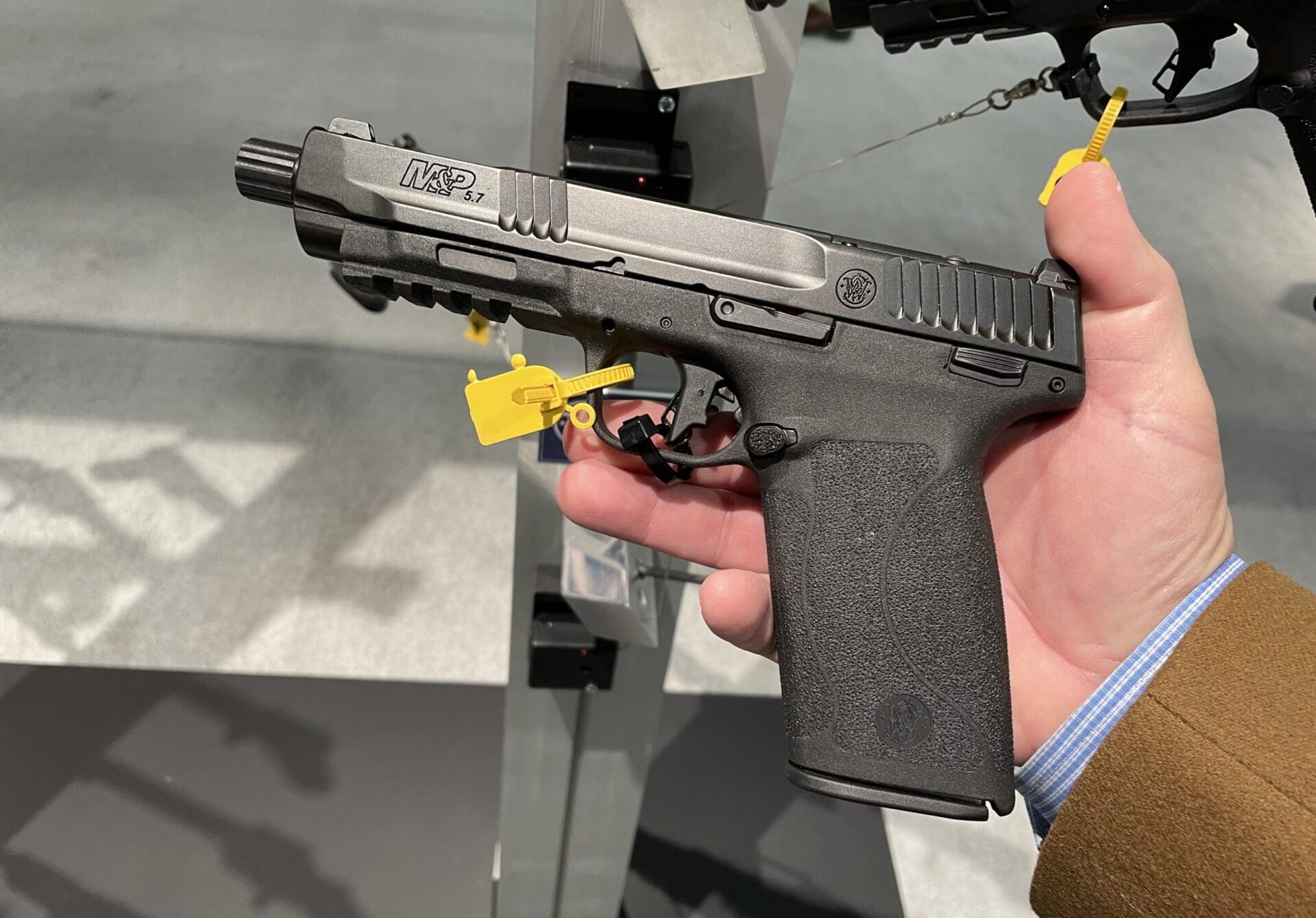
I used to work for a computer store. Back in my salad days, I worked for a place in Dallas owned by Mark Cuban. Of course, I worked for him before he got rich selling his company to Yahoo!, bought the Mavs and made a spectacle of himself on Dancing With The Stars. (I’ll admit he’s got more stones than I do on that one.) Mark sent me and several other sales reps to a seminar conducted by IBM on their then-new PS2 computers (remember those?). IBM had come out with a “desktop publishing solution” that consisted of a really cool little laser printer . . . that would only work with the slowest, most under-powered PC in their entire lineup. That’s because the slot in the PC needed for the printer hookup was an old-style slot, instead of the New! Improved! slots found on the rest of the PS2 line. I raised my hand.
“Why didn’t you guys make it so the new printer would work with the computers with the new slots?”
The IBM guy replied, “Well, they are incompatible standards.”
I asked, “But why would you release a printer that only works with your least-capable PC? Why not make the printer where it will work with the new standard? Or release one for each?”
He replied, “The wonderful thing about ‘standards’ is that there are so many of them to choose from.”
I came within inches of hitting the sonofabitch. Forget for a moment the IBM guy’s penchant for ending sentences with prepositions. If you look up the word “standards” in a dictionary, you’ll find this:
stand·ard
- something considered by an authority or by general consent as a basis of comparison; an approved model.
- an object that is regarded as the usual or most common size or form of its kind: We stock the deluxe models as well as the standards.
- the authorized exemplar of a unit of weight or measure.
stand·ard·ize
- to bring to or make of an established standard size, weight, quality, strength, or the like: to standardize manufactured parts.
-
to choose or establish a standard for.
You see, I always thought standard meant “to make regular,” in other words, so that everything would work with everything else. It works with AC plugs. Coins. USB plugs (mostly). Lots of things are standardized. It helps things work better. But apparently, nobody ever let the gun industry in on this concept.
Here’s the straight dope on ammunition: there is no bloody standard.
I shoot mainly .45 ACP. The “ACP” stands for “Automatic Colt Pistol,” a ‘standard’ that dictates a spec for cartridges that will run in a 1911, a Thompson submachine gun, and a couple of other weapons of note.
When you go to your local ammunition emporium, you dast not ask simply for .45s. You could end up with .45 ACPs…or .45 GAP (a cartridge that fits only the Glock Automatic Pistol) a .45 Colt round (which is something Chuck Connors shot a lot on The Rifleman, or a dozen or so other variations on .45 calibre cartridges.
Of course, you’re not outta the woods with .45 ACPs. You can get the “regular load” or what they call +P (“plus P”) loads, which give you a bit more oomph, but can damage guns not designed for the extra pressure. Then there’s the roundball, hollow points, frangible, wad-cutters, and a host of other bullets that can sit atop your cartridge of choice.
Get into revolver loads and it REALLY gets dicey. You’ll find all sorts of rounds that will fit in your revolver, depending on the caliber. But “fit” and “work” are too different words. If you’re not extremely careful, it’s possible, nay, likely that you will put the wrong kinda cartridge in your gun.
This might be no big deal. Or your gun could blow up in your hand. Your results may vary.
So, how did we get here? It’s back to the standards thing . . .
When a manufacturer designs a gun, they are looking at a variety of issues. Performance being the biggie, but other factors come into play. For instance, when Glock wanted to release their eponymous pistol in .45, they felt that the cartridges created a problem with the grip size. They reckoned a shorter cartridge would allow them to cut down the size of the grip and still allow for the maximum number of rounds per magazine. Thus the .45 GAP cartridge was born.
Glock had to go to one or two ammo manufacturers and get them to agree to produce the new ammo, and then go to Glock dealers and twist their arms encourage them to carry the new ammo. That’s a tall order.
Shelf space and inventory budgets are limited. Gun manufacturers hope they have enough pull in the market to popularize the new cartridge. Ammo makers hope so, since they stick their necks out to make them in the first place. Generally, they like getting an exclusive on a new round – as long as the round sells. But if it sells really well, other ammo makers jump into the market, and competition kills their edge.
The GAP cartridge, to date, has not been a world-beater. They are not as easy to find as .45 ACPs, and aren’t available in the wide variety of loads in which you can find their ACP cousins.
Don’t get me started on rifle cartridges. Every gun manufacturer tries to solve the ultimate challenge: lots of penetration and no recoil. To do it, they are not at all opposed to creating a new and unique cartridge that works only in their own gun. This kind of thinking makes it a none-too-trivial thing to find ammo for your gun—especially if you’re not shooting one of the “standard” cartridges. (There’s that word again.)
I wish I could be a little more clear on the plethora of ammo out there, but the simple truth is that there is no simple answer.
If you’re a casual gun owner (as opposed to a collector with Gun Acquisition Syndrome), I’d recommend you stick with the old favorites. In semi-autos, that’s gonna be .45 ACP, 9mm Parabelum, .380 and .40 S&W. In revolvers, .22LR, .38 Special, .357 Magnum and a couple of others could be considered “standards.”
Because of the constant need to one-up the competition and develop better-performing guns, I don’t think there’s ever a chance we’ll see real ammunition standards emerge. As long as there’s a demand from consumers for bigger/faster/better, the gun industry will continue to say, “Standards? Standards? We don’ need no steenkin’ standards!”








Good article, Brad.
Couple of minor quibbles, though:
1. .357 Mag, not .347
2. .380 is not a revolver cartridge, it's a semi-auto cartridge. At least I can't think of a single revolver in .380 caliber, though I can think of a few in 9mm and .45ACP that work with half-moon clips. .380 is called 9x17mm outside the US and is often found in small pocket pistols. The famous/infamous Walther PPK is probably the best known .380 out there, although the gun was also made in .32ACP (a/k/a 7.62mm) and .25ACP (a/ka/a 6.35mm)
Technically, it's the .380 ACP (aka 9mm Browning), not to be confused with the .38 APC (9×23 mm), which was also designed by John Browning, .38 S&W (9×20 mm), or .38 Special (9×29 mm). Fortunately the 9mm Parabellum (9×19 mm) is not call the .38 Luger or .38 Parabellum because that could get confusing.
Thanks for the catches, Martin. The .347 was a typo. The .380 was a brain fart.
Martin: .380 revolvers are perhaps the hottest sellers of today and the future. Ruger LCR? Smith and Wesson Bodyguard?
Good article Brad about checking the product you buy. However, even asking the minimum wage guy behind the counter at Dick's Sporting Goods I have yet to receive any .45 GAP or 9mm Kurz when asking for a box of 'forty-five' or 'nine'
Brett I'm pretty sure those are .38 special, not .380.
.38 special is a rimless cartridge (actually I think it may have a rebated rim, although I'm not certain.) .38 Special, OTOH, is a rimmed cartridge.
Correction, meant to say .380 is a rimless cartridge.
I am corrected on the .380- thanks Martin. Leave it to a reloader- just read your primer on the subject!